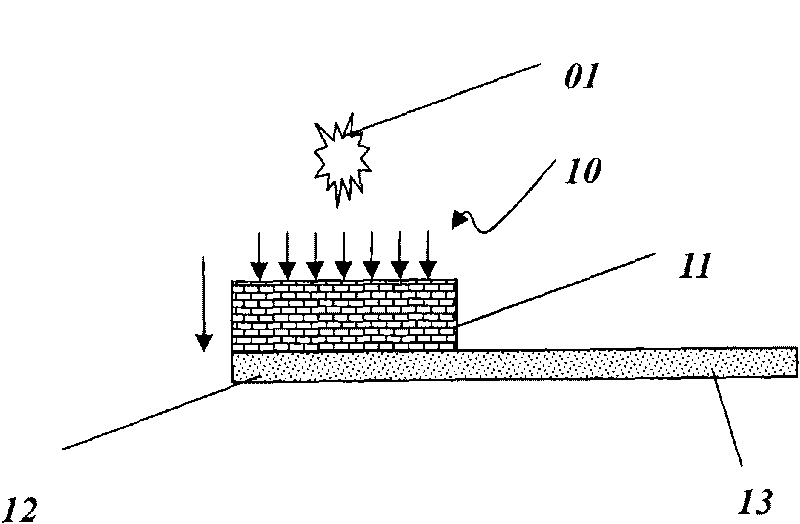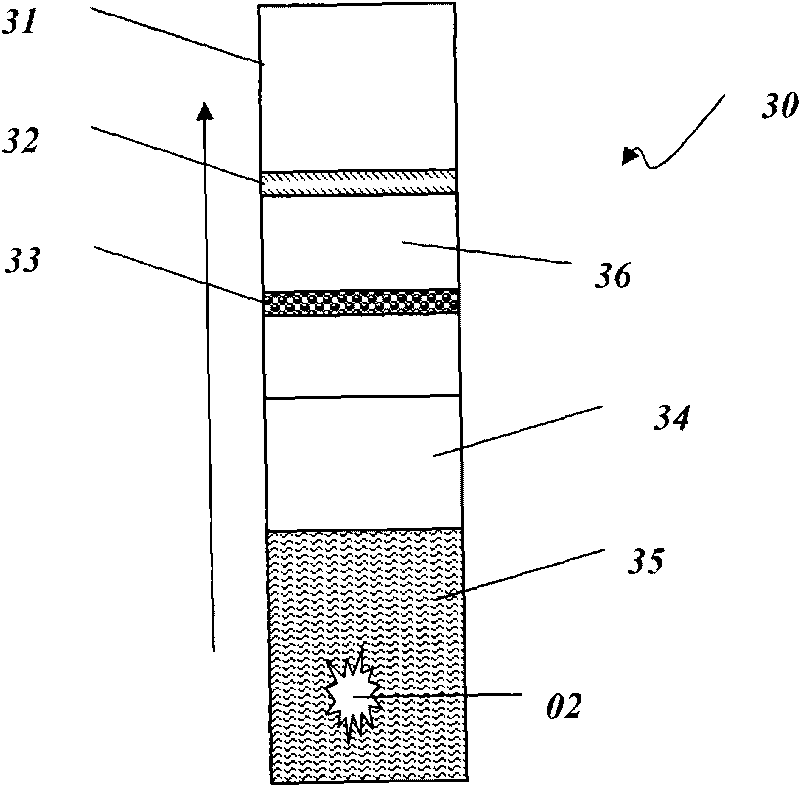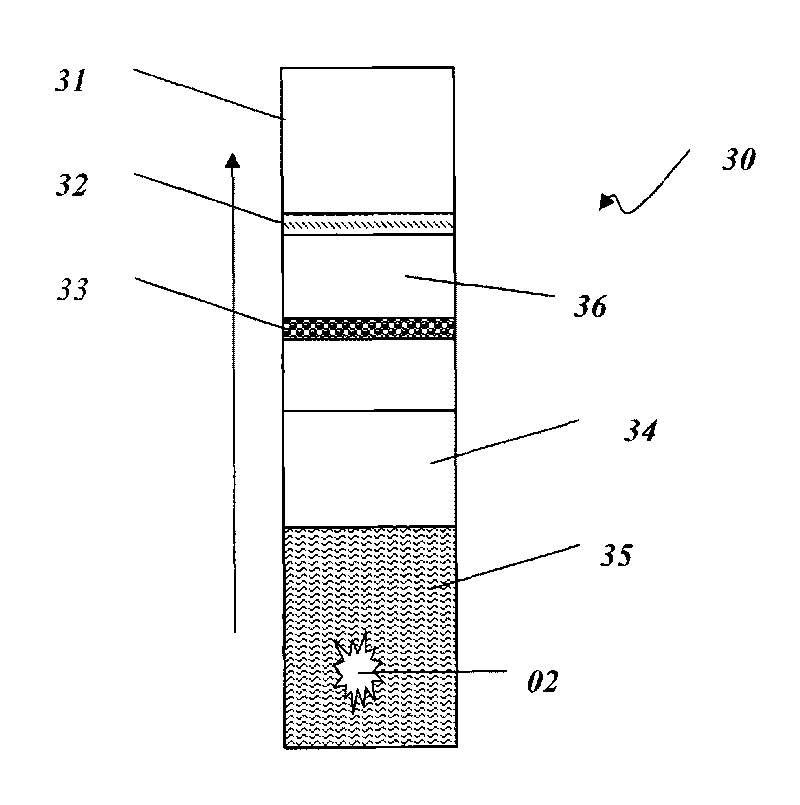Method for separating red cells from blood sample and application
A technology for red blood cells and blood samples, applied in the field of detection devices, can solve the problems of loss of sensitivity, ineffective detection, expensive and other problems, and achieve the effect of prolonging the service life and prolonging the use time.
- Summary
- Abstract
- Description
- Claims
- Application Information
AI Technical Summary
Problems solved by technology
Method used
Image
Examples
Embodiment Construction
[0013] The structures involved in the present invention or the technical terms used are further described below.
[0014] detection
[0015] To detect means to assay or test for the presence of a substance or material such as, but not limited to, a chemical substance, an organic compound, an inorganic compound, a metabolic product, a drug or a drug metabolite, an organic tissue or a metabolite of an organic tissue, a nucleic acid, protein or polymer. Additionally, detection means the amount of a substance or material tested. Further, assay also means immunoassay, chemical assay, enzyme assay, etc.
[0016] fibrin and receptors for fibrin
[0017] Fibrinogen is the earliest coagulation factor discovered. It is an elongated spheroid, which is a dimer formed by three pairs of polypeptide chains (a pair of α chains, a pair of β chains, and a pair of γ chains) connected by disulfide bonds, and its molecular weight is about 340,000 Daltons . After being synthesized in the live...
PUM
 Login to View More
Login to View More Abstract
Description
Claims
Application Information
 Login to View More
Login to View More - R&D
- Intellectual Property
- Life Sciences
- Materials
- Tech Scout
- Unparalleled Data Quality
- Higher Quality Content
- 60% Fewer Hallucinations
Browse by: Latest US Patents, China's latest patents, Technical Efficacy Thesaurus, Application Domain, Technology Topic, Popular Technical Reports.
© 2025 PatSnap. All rights reserved.Legal|Privacy policy|Modern Slavery Act Transparency Statement|Sitemap|About US| Contact US: help@patsnap.com



